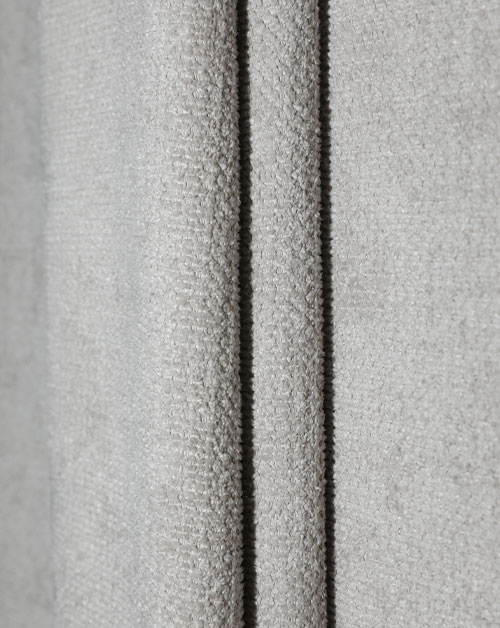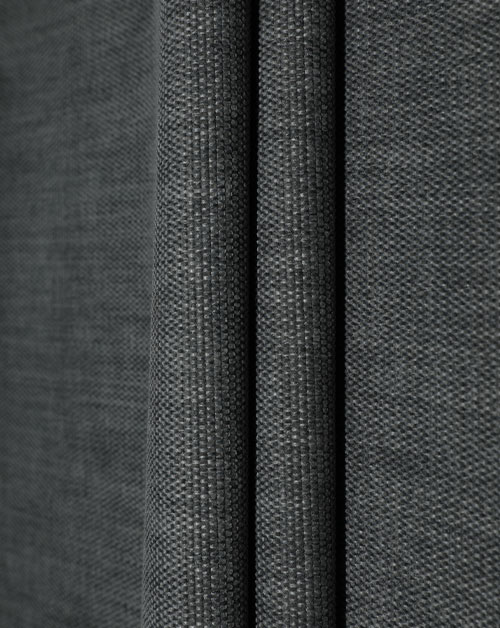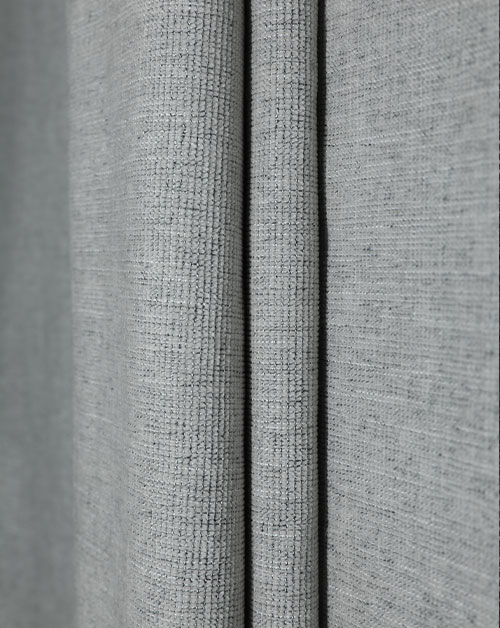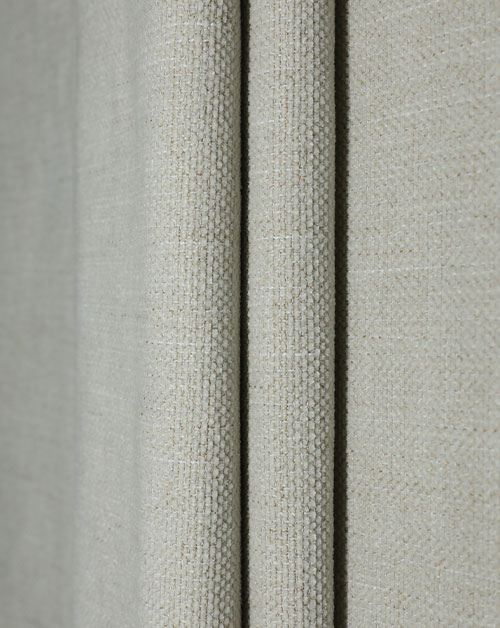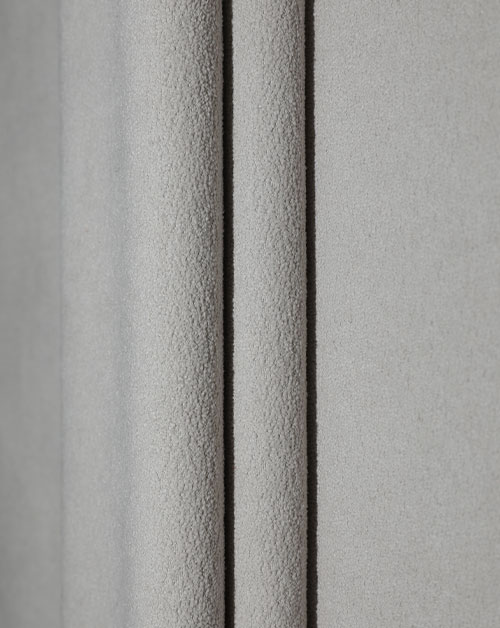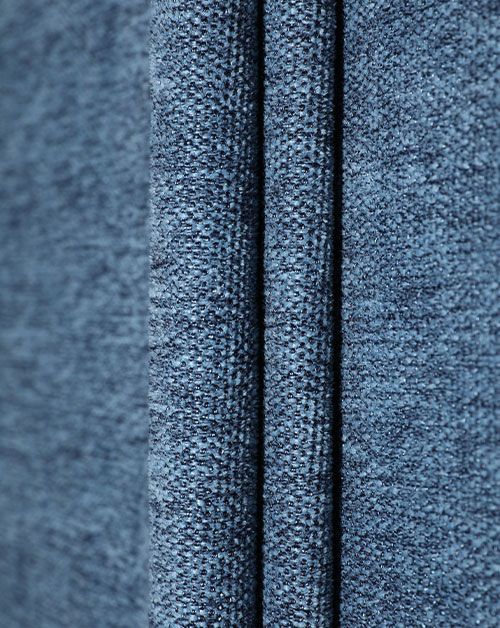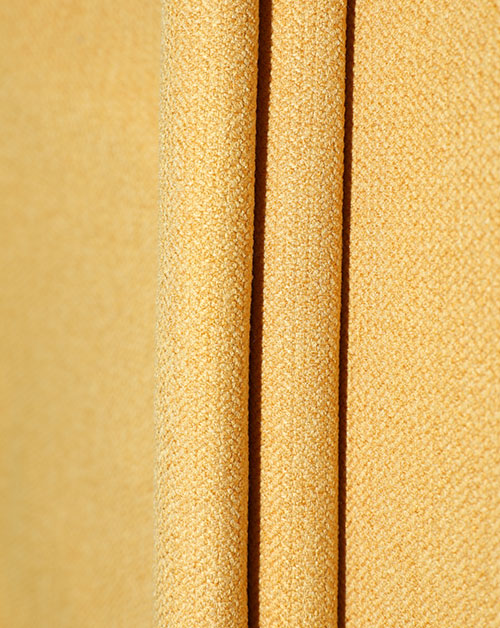Home decoration is not only about the choice of walls, furniture and accessories, but also an expression of a lifestyle. Among them, home decor fabric plays a vital role. As an indispensable part of home decoration, the choice of fabric directly affects the visual effect and comfort of the home space. Different fabrics not only have different touches and visual effects, but also can give each room a unique atmosphere and style.
There are many types of home decor fabrics. Understanding their characteristics and applicable scenarios is the key to choosing the right fabric. Common home decor fabrics can be divided into two categories: natural fabrics and synthetic fabrics.
Natural fabrics such as cotton, linen, silk and wool are usually breathable and comfortable because of their natural materials. For example, cotton fabric is one of the most common home decor fabrics, especially suitable for curtains, pillows, bedding, etc., which can add a warm and comfortable atmosphere to the interior. Linen fabrics are suitable for modern and simple style decoration because of their rough and natural texture. They are commonly seen in sofa covers and curtains. Silk fabrics are often used to create luxurious and elegant home spaces due to their elegant luster and soft touch, and are especially suitable for use as curtains or bedding decorations.
Synthetic fabrics, as opposed to natural fabrics, are usually more durable and easy to clean. Polyester is a very popular synthetic fabric that is not only affordable, but also durable and easy to clean. Polyester fabrics are commonly found in home furnishings such as sofa covers and chair cushions, which can bring a modern and vibrant feel to the space. Nylon fabrics are also widely used in home decoration due to their wear resistance and wrinkle resistance, especially in areas that require high frequency of use, such as sofas and carpets.
In addition to the different materials, the functionality of home decor fabric is also an important factor to consider when choosing fabrics. Some fabrics are specially designed to meet specific functional requirements, such as fire resistance, antibacterial, and heat insulation. For users with children or pets at home, it is very important to choose fabrics that are stain-resistant and easy to clean. Synthetic fibers such as polyester and acrylic often have good stain resistance, making them the first choice for many home decorations.
The fabrics of curtains and sunshades especially need to have excellent shading properties. Blackout fabrics not only protect furniture from direct sunlight, but also effectively block heat in the summer, helping to keep the room cool. In cold seasons, heavy fabrics such as wool or velvet cotton can provide better insulation and create a comfortable and warm living environment.
The choice and matching of fabrics directly determine the overall beauty of the home space. Different fabrics can form contrast and harmony in the space, creating a rich visual layering. When matching fabrics, consider the style and tone of the space. For example, modern minimalist style home decoration can choose cotton, linen or leather fabrics with simple lines, with some metal elements, to create a simple and modern atmosphere. For pastoral style spaces, warm and soft natural cotton or linen can be used, with details such as floral patterns, to highlight the natural and relaxed home atmosphere.
In the matching of fabrics, the choice of pattern and color is also key. If you like classic decorative styles, you can choose dark fabrics such as dark blue, burgundy, etc., and match them with gold or silver decorations to show a sense of luxury. If you prefer a lively and fashionable home atmosphere, you can choose bright colors and interesting patterns, such as stripes and polka dots, to add interest and dynamism to the space.

 English
English 中文简体
中文简体 русский
русский عربى
عربى